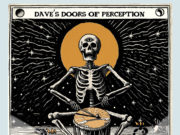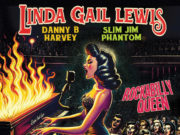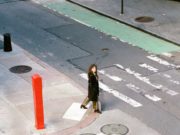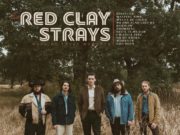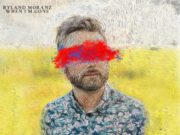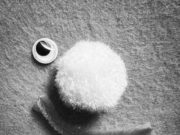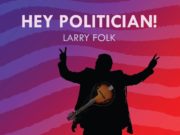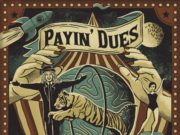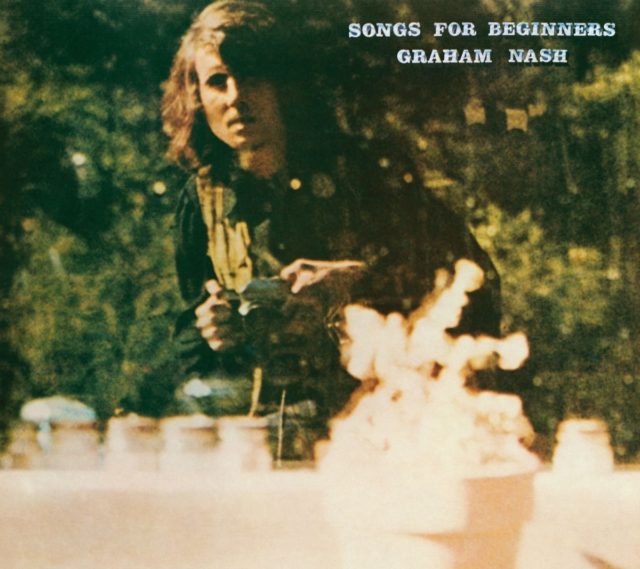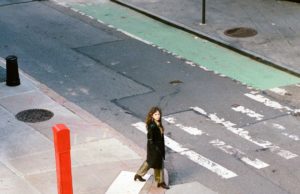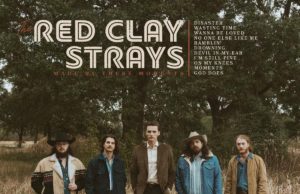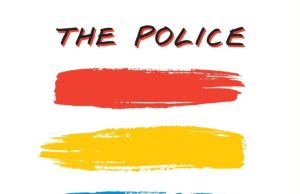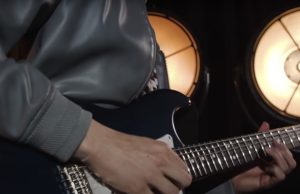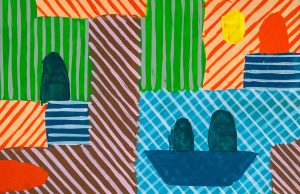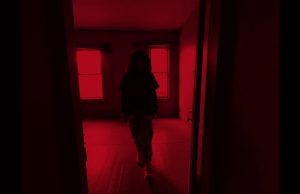 Graham Nash has been inducted into the Rock And Roll Hall Of Fame twice — as a member of The Hollies and as a member of Crosby, Stills & Nash. But I think his best work wasn’t either of these — and in fact remains largely unrecognized.
Graham Nash has been inducted into the Rock And Roll Hall Of Fame twice — as a member of The Hollies and as a member of Crosby, Stills & Nash. But I think his best work wasn’t either of these — and in fact remains largely unrecognized.
The British-born singer-songwriter put out two solo albums in the early 1970s during a hiatus in all his CSN / Crosby Stills, Nash & Young / Crosby & Nash projects. Both albums are shockingly great — on par with the best work of his famous bandmates. Yeah, even Neil Young. Frankly, Nash is a more adventurous songwriter and a far superior singer. I can’t speak to his solo work beyond these first two albums — but I don’t really need to. They stand on their own. They came out in 1971 and 1974, and then he had nothing of his own for six years. The albums are Songs For Beginners and Wild Tales.
Before we get to them, a little background. Nash’s timeline goes like this: He’s from Northern England, co-founded The Hollies in 1962 and was with them until quitting to form Crosby, Stills & Nash in 1968. His two-year marriage to Rose Eccles ended in 1966, and a couple of years later he was dating Joni Mitchell. It was through her that he met David Crosby, and then later Stephen Stills. They decided to form a group after hearing their voices together. The first eponymous Crosby, Stills & Nash album (May 1969) is a bonafide classic that went to No. 6 in the U.S. and charted for more than 100 weeks. It had two Top 40 hits: Suite Judy Blue Eyes (written by Stills for Judy Collins) and Nash’s Marrakesh Express, which The Hollies had rejected. The album is a quadruple-platinum seller.
Stills played most of the instruments on the album, so they tried to hire Steve Winwood as a fourth member, but he declined due to his involvement in Blind Faith with Eric Clapton, Ginger Baker and Ric Grech. So they settled on Stills’ former Buffalo Springfield bandmate Neil Young — and also briefly added another Canadian, Springfield bassist Bruce Palmer. But Palmer’s life was a shambles due to drug possession and immigration issues.
With Young onboard, the group played their first gig in Chicago on Aug. 16, 1969 with Mitchell as the opening act — followed by a gig at this little festival called Woodstock the next day. By March of 1970, the foursome had cut the legendary Deja Vu album, which has since gone seven-times platinum. Nash penned two of the album’s singles — Teach Your Children and Our House, which is about the home he shared with Mitchell.
Just like when KISS were at the top of their success in 1978, CSNY decided then to put out four solo albums. All four did very well — Stills put out a self-titled album which hit No. 3, Young put out the excellent After The Gold Rush which went to No. 8, Crosby’s If I Could Only Remember My Name went to No. 12 and Nash’s Songs For Beginners got up to No. 13. Up until recently, I would have said Young’s album was the best, followed by Stills’. I’ve never cared for Crosby’s music and I was wholly unfamiliar with Nash’s solo work.
But that’s changed. I think Songs For Beginners is every bit as good as After The Gold Rush. It’s a deeply personal album, recorded — and largely about — his break up with Joni. One obvious exception was the major protest hit single Chicago, penned about the riot at the 1968 Democratic National Convention and the trial of the Chicago Seven. The album opener, Military Madness, is about Nash’s experience living in England during the Second World War. Port O’Brien & Papercuts covered it on the 2010 Songs For Beginners tribute album, Be Yourself, and Ben Gibbard of Death Cab For Cutie has performed it many times.
But it’s the album’s second track which floored me even more. Better Days is a bit of a Roger Hodgson melody, initially. Sung with Nash’s soft voice, it has a gorgeous, tender piano intro played by Young before the dry, almost heavy band comes in. (And when I say heavy, I don’t mean loud or distorted. I mean severe and direct). Just after a minute, Nash switches up and gives us his full tenor gut voice. It’s like the sun coming through the clouds. It’s brilliantly composed and perfectly rendered.
So who is in that band? Nash compiled a group of A-listers, of course. Dallas Taylor is on drums on this track only — he’s the drummer on Deja Vu and the first CSN album. Rita Coolidge sings on Better Days and several others. She plays piano, too (she never got credit for co-writing the piano coda on Layla). CSNY bassist Fuzzy Samuel is on this track — he eventually became a member of Bob Marley‘s Wailers and Osibisa. But the album also has contributions from Jerry Garcia and Phil Lesh of Grateful Dead, Crosby and Bobby Keys.
Perhaps the best song on Music For Beginners is I Used To Be A King. You’ll hear Garcia’s pedal steel on this, along with Lesh, Crosby on electric guitar and Jefferson Airplane / Turtles drummer John Barbata (who died earlier this month). This loose waltz is maybe a little like Michael Chapman, but way more progressive. It has a challenging, but not distracting meter. It’s so evocative and should be in a bunch of films. But try to avoid the shitty 2008 stereo mix. It ruins the feel.
Simple Man starts off a bit twee. It’s clearly a song about being heartbroken. I was hovering over the skip button until the early refrain happened — “I just want to hold you, I don’t want to hold you down.” Oh my. It comes in with a handful of backing vocals performed by Nash and Coolidge. And then David Lindley on violin, of all things. Beautiful.
Nash and Crosby made an album together the following year, and Nash and Young did a single called War Song in support of George McGovern’s failed ’72 presidential campaign. But then on the second day of 1974, Nash followed up Songs For Beginners with the equally great Wild Tales. The sophomore album opens with a banger — the title track. Lindley is back, this time making his presence known on slide guitar. Hey You (Looking At The Moon) comes next, and if you think it sounds a bit like a Young Harvest-like arrangement, you’re right. This is primarily because Neil’s lap steel player Ben Keith is pretty dominant on it. Keith plays on both Young’s Old Man and Heart Of Gold.
While Stills was the only member of CSNY absent from Nash’s first solo album, he appears on this one. In fact, you’ll hear all four of them on the last song on the first side. And So It Goes really sounds like CSNY, too. In fact, it’s almost exactly the same song as Young’s Southern Man from After The Gold Rush. You know — the one Lynyrd Skynyrd loved. Keith is quite prominent on this as well. You only see Crosby’s name in the album credits, though. The other two use the pseudonyms Joe Yankee (Young) and Harry Halex (Stills).
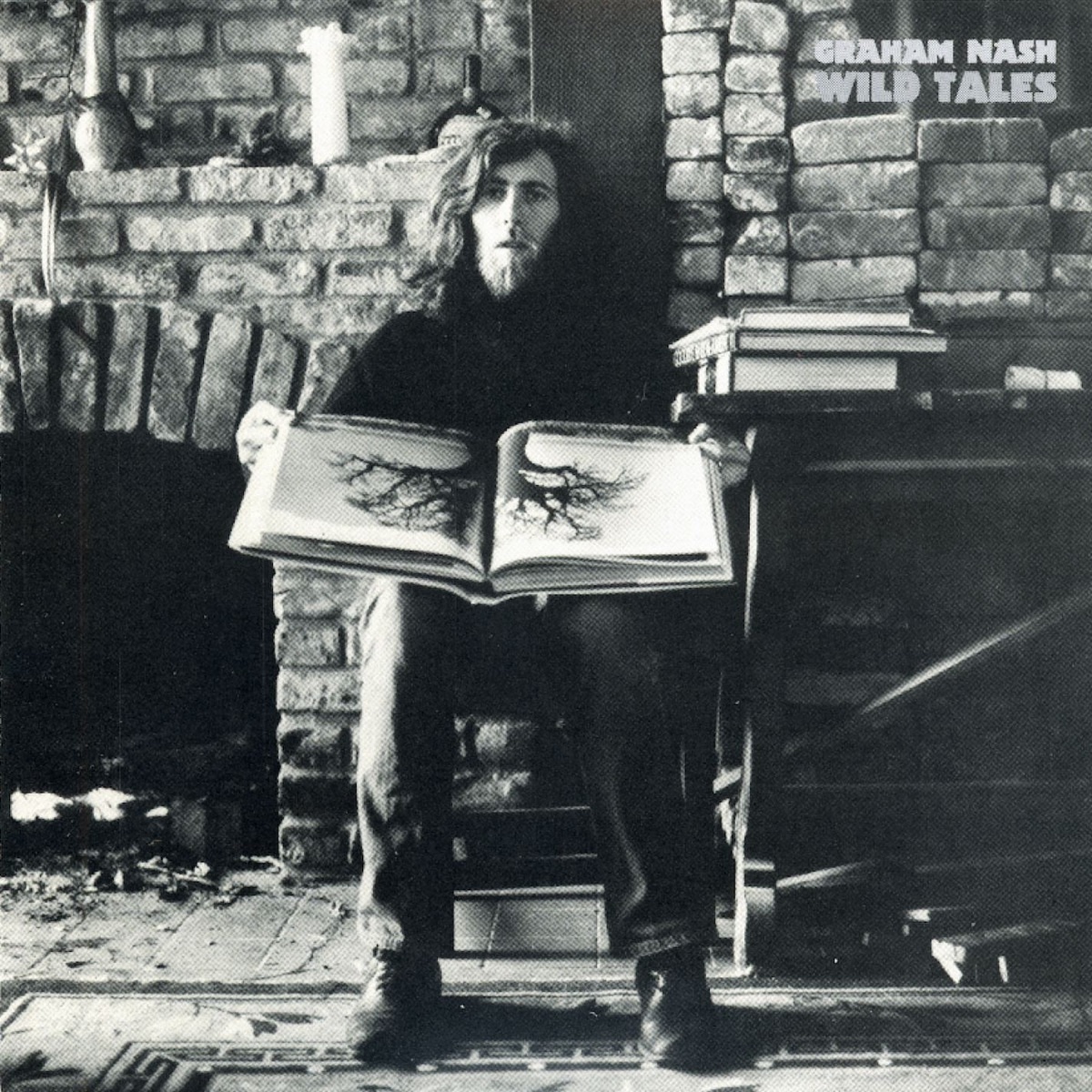
Side 2 starts with Grave Concern, which is another great Americana-esque number, with loads of Lindley’s slide soloing. Better than that is the jaunty, acoustic Oh! Camil (The Winter Song). It features Dave Mason on 12-string, but the harmonica is all Nash. It stays great on the next track — I Miss You — deep in the dead of the second side. It’s just Nash on piano. No other instruments. It’s excellent songwriting. Nothing about it is straight-up — it speeds up, slows down, gets quiet and somehow is both pretty and brooding. Finally, as a way of drawing a line under this period of heart-mending, Mitchell actually appears on the very last track to do backing vocals on Another Sleep Song.
Nash didn’t tour this record, instead he reunited with Crosby, Stills and Young to do what’s often referred to as the first-ever stadium tour by a major band. Crosby refers to it as “the Doom tour” — 31 shows in 24 cities and three countries from July 9 to Sept. 14. There were ego issues, money issues, and drug issues. The four wouldn’t perform live together again until Live Aid in 1985, which was pretty awful. They couldn’t hear each other, and Crosby was there on an appeal bond from prison, where he was serving time for freebasing cocaine, being found in possession of heroin and coke and escaping from a treatment centre. He wasn’t at his best.
Immediately after the ’74 stadium tour, they tried to make a new album — which was to be called Human Highway — but they couldn’t stop fighting. They shelved the project and didn’t record again until the awful American Dream album in 1988. But forget all that problematic stuff. Instead, step over it, go back to Nash’s first two solo records and get acquainted (or re-acquainted) with the reason all the other stuff happened: He was super talented.
• • •
Area Resident is an Ottawa-based journalist, recording artist, music collector and re-seller. Hear (and buy) his music on Bandcamp, email him HERE, follow him on Instagram and check him out on Discogs.


